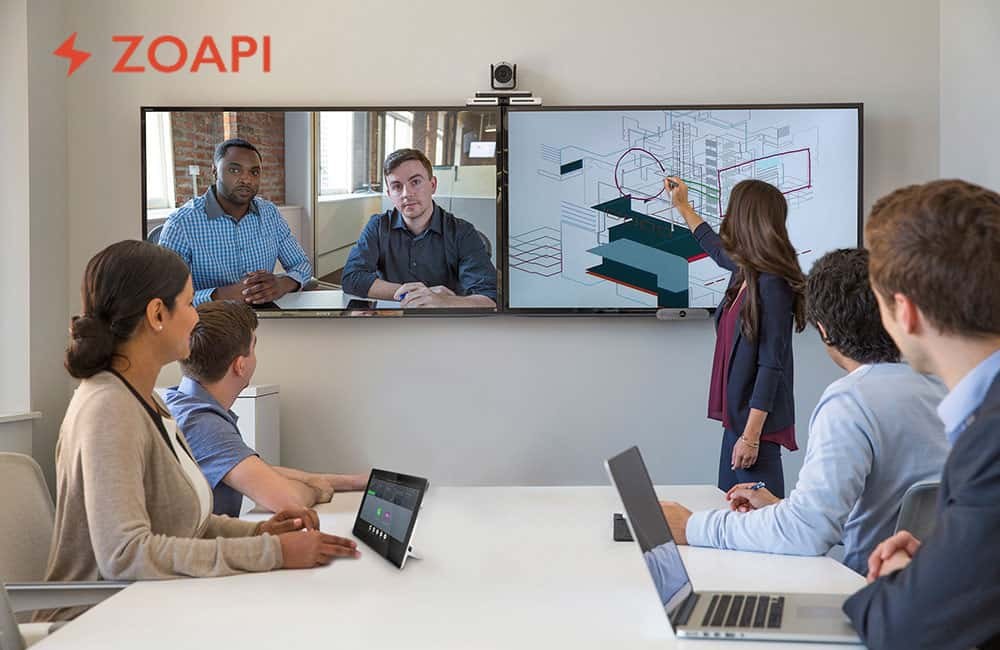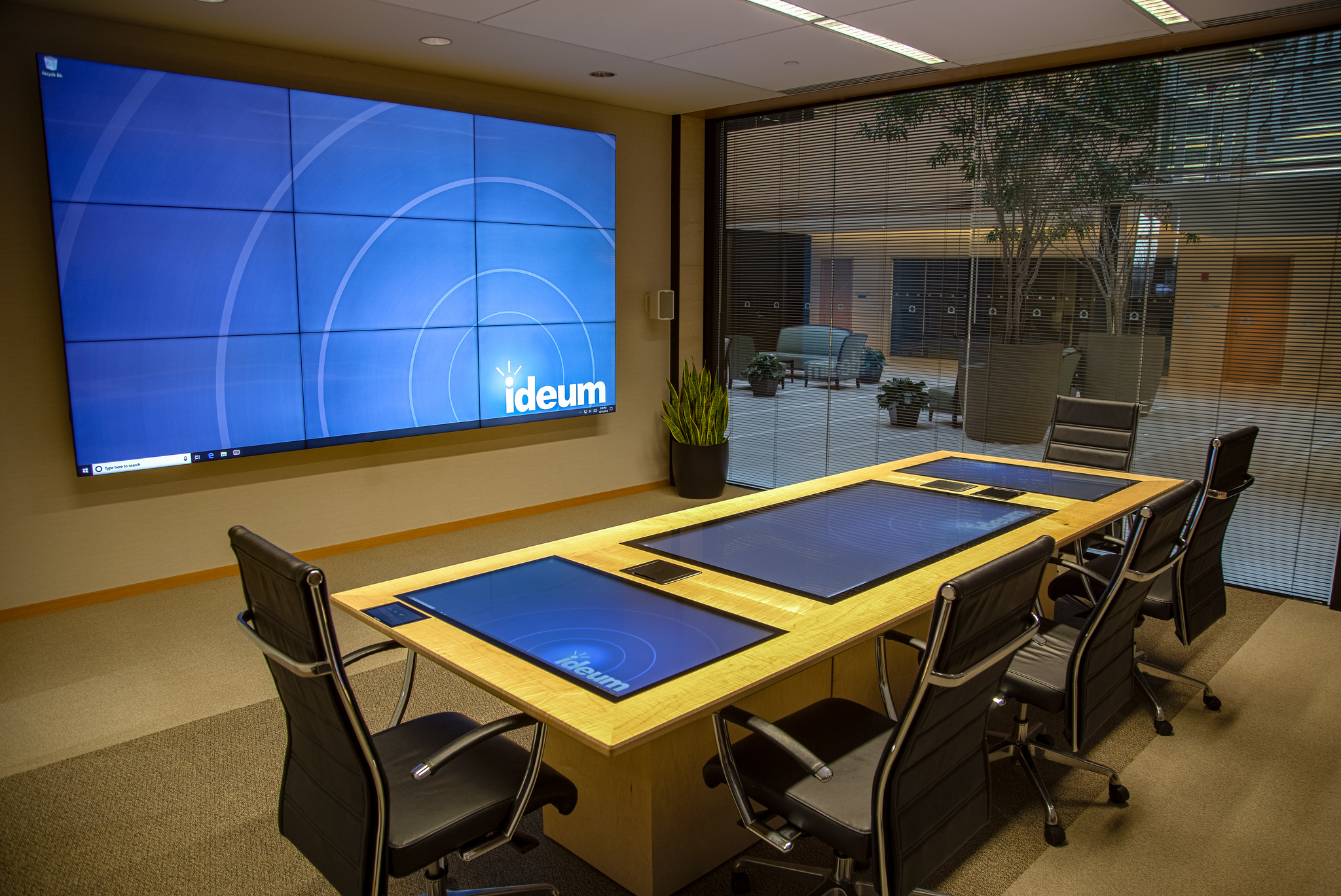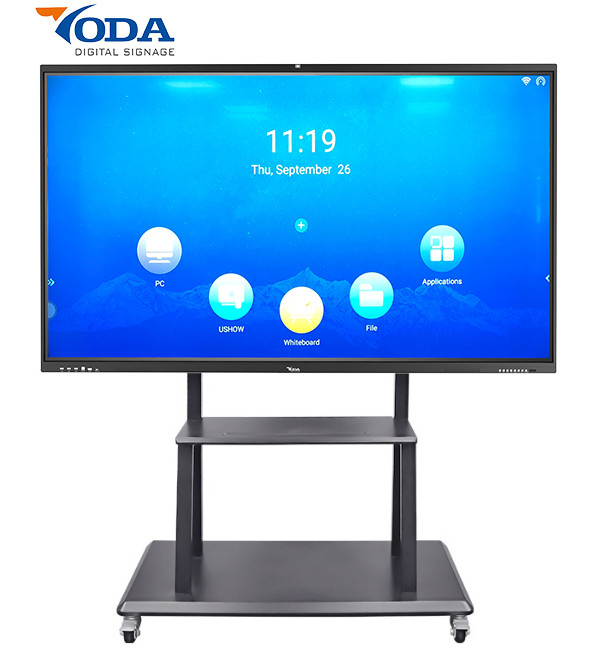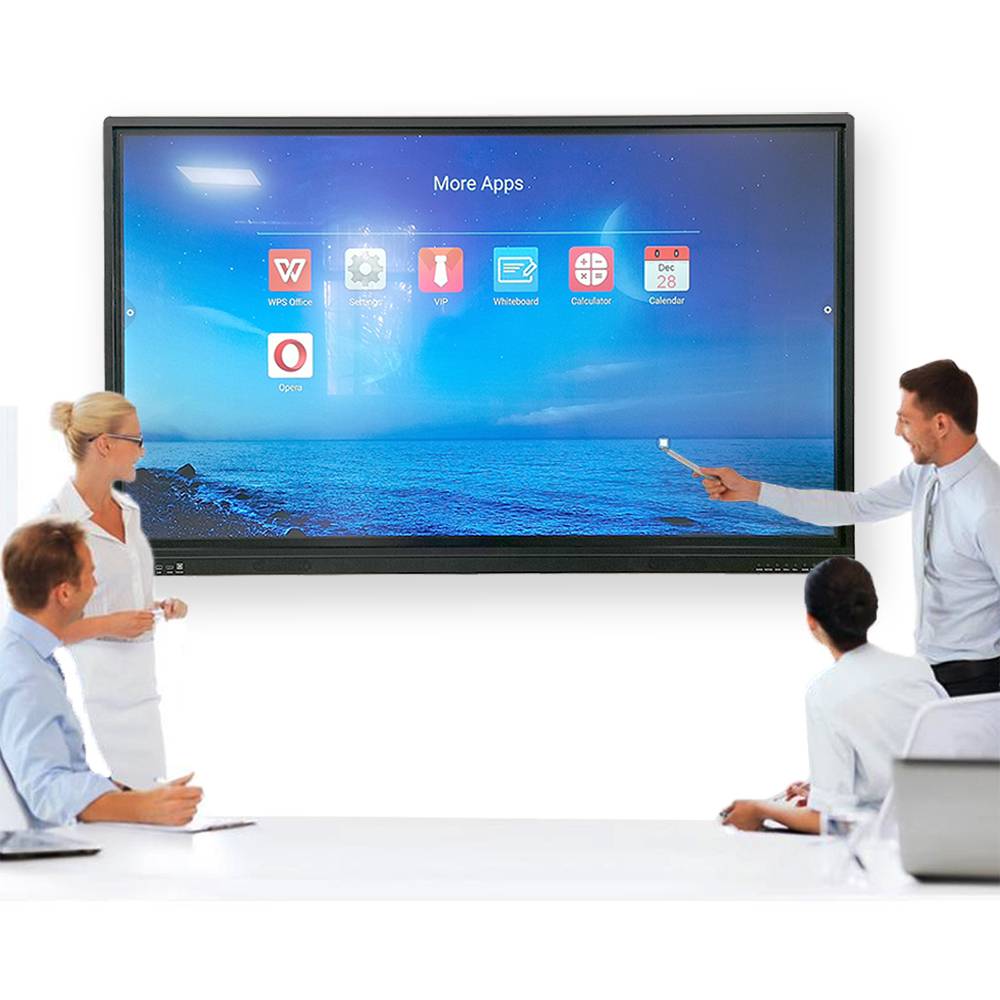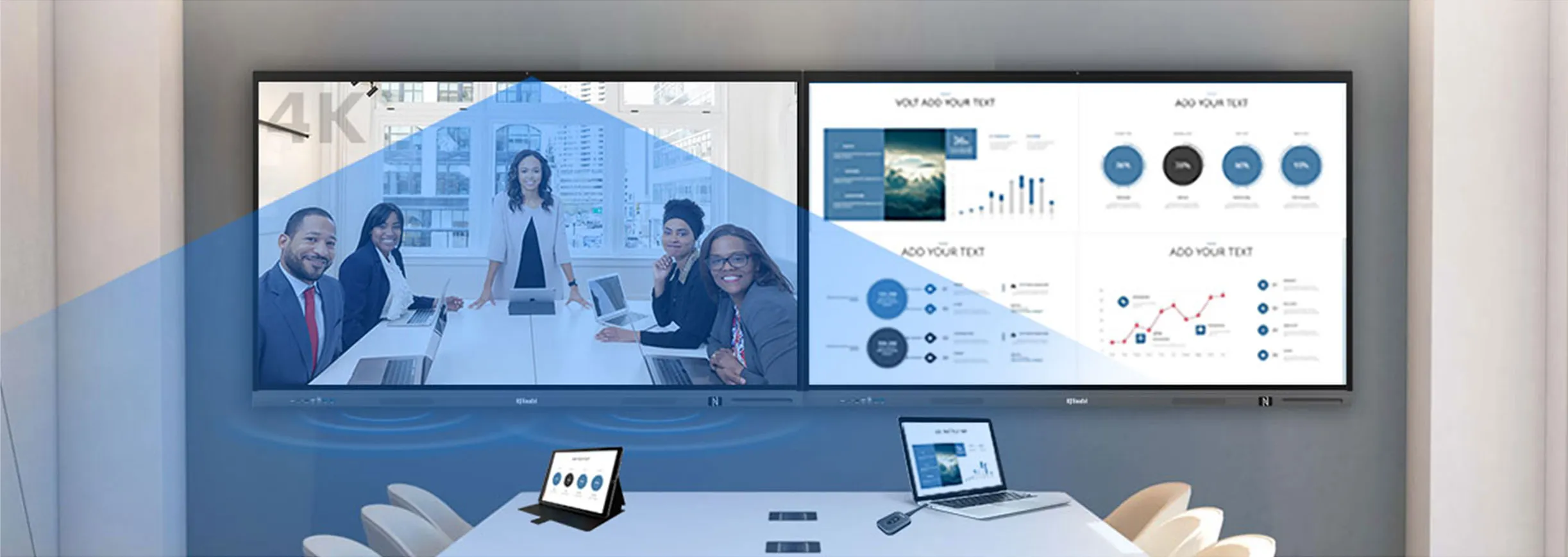Touch Screen Tv For Conference Room
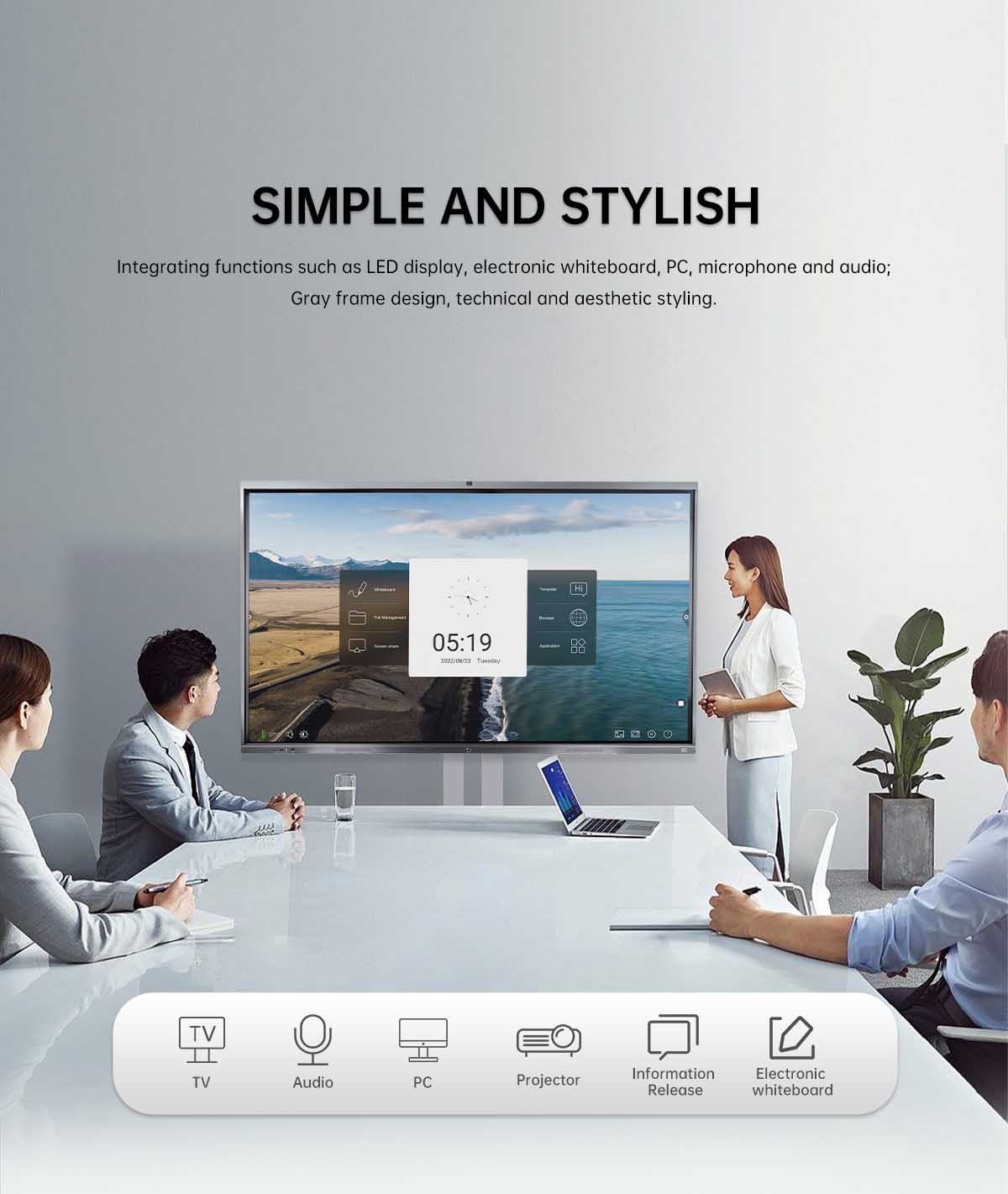
The once-familiar image of executives huddled around a projector screen, squinting at blurry spreadsheets, is rapidly fading into obsolescence. Touch screen televisions, boasting interactive capabilities and high-resolution displays, are transforming conference rooms across industries, promising enhanced collaboration and productivity. But are these sleek devices truly delivering on their promises, or are they just another expensive tech fad?
The move toward interactive displays represents a significant shift in how meetings are conducted. This article will delve into the increasing adoption of touch screen TVs in conference rooms, examining the benefits they offer, the challenges they present, and the potential impact on the future of workplace collaboration. We will explore perspectives from businesses, technology experts, and employees who are experiencing this transition firsthand.
The Rise of Interactive Displays
Driven by advancements in display technology and a growing need for more engaging meeting environments, the market for interactive displays is booming. According to a recent report by Futuresource Consulting, the global market for interactive flat panel displays (IFPDs) is projected to reach \$13 billion by 2025. This growth is fueled by increased adoption in both education and corporate sectors.
Several factors contribute to this trend. Businesses are seeking to improve team communication, boost employee engagement, and streamline presentations. Touch screen TVs, with features like annotation, screen sharing, and video conferencing integration, offer a compelling solution to these challenges.
Benefits and Advantages
The primary benefit of touch screen TVs is enhanced collaboration. Participants can actively engage with content by annotating directly on the screen, brainstorming ideas, and sharing information in real-time. This fosters a more dynamic and interactive meeting environment, leading to better decision-making and increased productivity.
Streamlined presentations are another key advantage. Presenters can easily switch between applications, zoom in on details, and control the flow of the presentation with intuitive touch gestures. This eliminates the need for traditional projectors and laptops, creating a cleaner and more professional look.
Furthermore, many touch screen TVs are equipped with built-in video conferencing capabilities. This allows remote participants to join meetings seamlessly and collaborate as if they were physically present. This is particularly crucial in today's increasingly distributed work environment.
Challenges and Considerations
Despite the numerous benefits, integrating touch screen TVs into conference rooms also presents challenges. The initial investment can be significant, requiring careful budgeting and planning. "The cost can be a barrier for smaller businesses," notes John Davies, a technology consultant specializing in workplace solutions.
Technical issues, such as connectivity problems and software glitches, can disrupt meetings and frustrate users. Training and support are essential to ensure that employees are comfortable using the technology and can troubleshoot common problems. Security is another concern.
Some models may lack robust security features, making them vulnerable to unauthorized access and data breaches. Businesses must implement appropriate security protocols to protect sensitive information. There is a learning curve involved for some employees.
The Employee Perspective
Employee reactions to touch screen TVs vary. Some find them intuitive and engaging, while others struggle to adapt to the new technology. A recent survey conducted by TechRadar Pro revealed that 65% of employees believe that interactive displays have improved collaboration in their workplaces.
However, 20% reported feeling intimidated by the technology, and 15% said that it had made meetings more confusing.
"It's important to get employee feedback and provide adequate training,"advises Sarah Chen, a human resources manager at a technology firm.
Looking Ahead
The future of conference room technology is undoubtedly interactive. As touch screen TVs become more affordable and user-friendly, their adoption is expected to continue to grow. Advancements in artificial intelligence (AI) and augmented reality (AR) could further enhance the capabilities of these devices, creating even more immersive and collaborative meeting experiences.
The integration of AI-powered virtual assistants could automate tasks such as scheduling meetings and taking notes. AR overlays could provide additional information and context during presentations, making them more engaging and informative.
Ultimately, the success of touch screen TVs in conference rooms depends on careful planning, proper implementation, and ongoing support. Businesses that invest in these technologies and provide adequate training can reap significant benefits in terms of improved collaboration, increased productivity, and enhanced employee engagement. The key lies in viewing them not just as screens, but as strategic tools for fostering a more dynamic and connected workplace.
